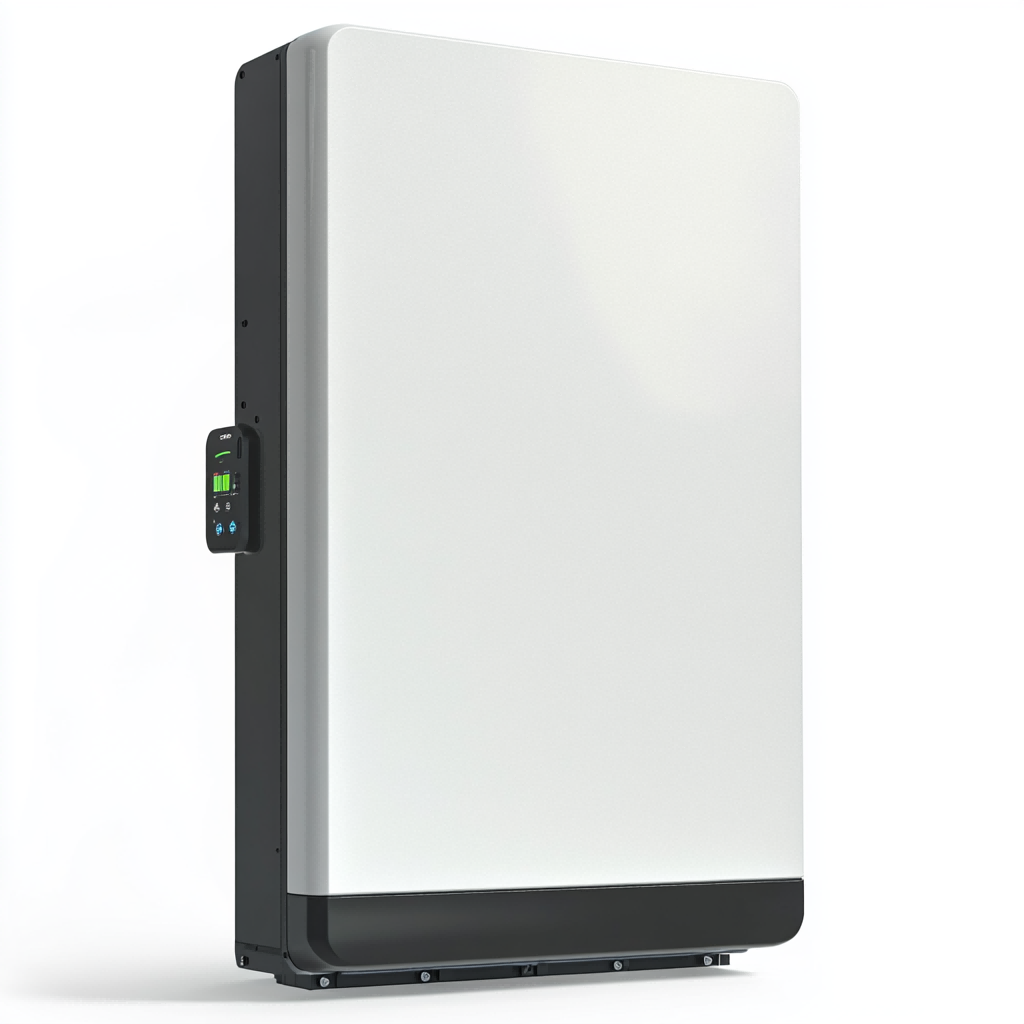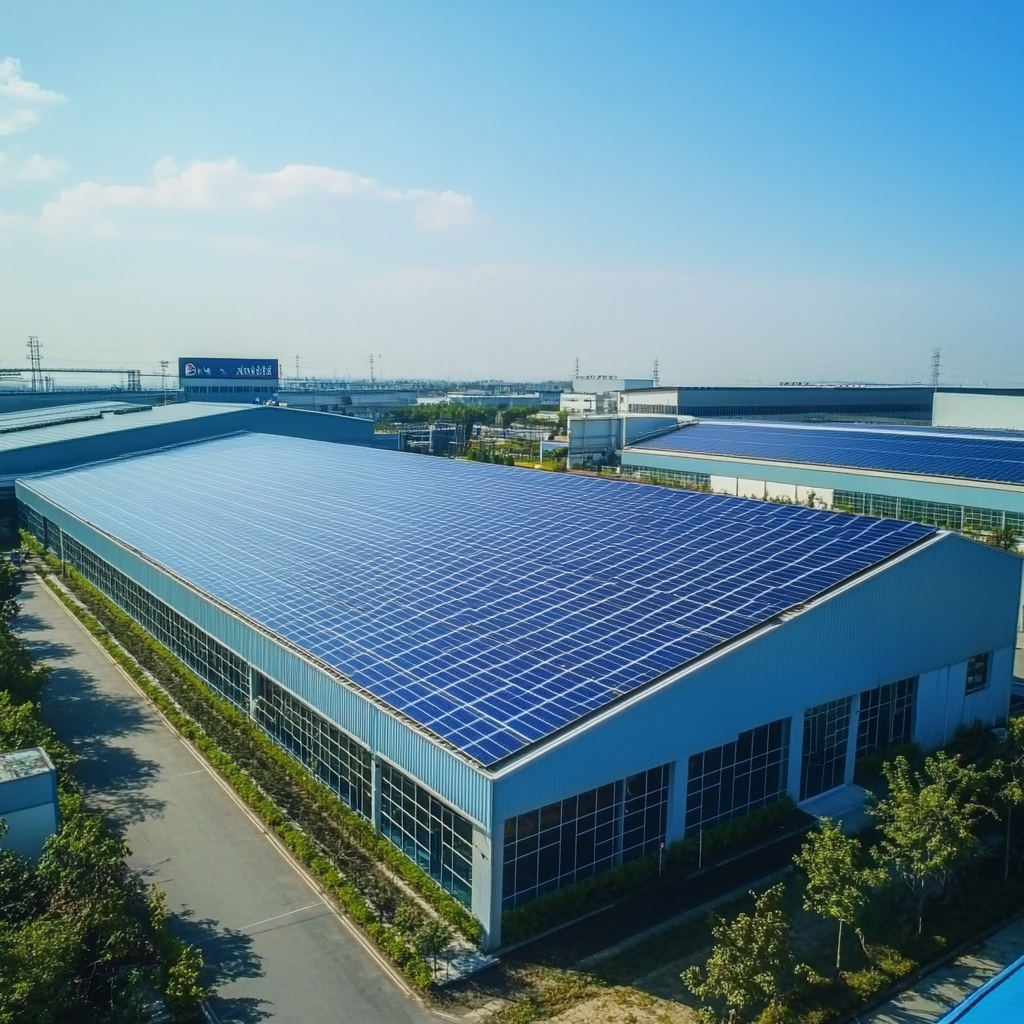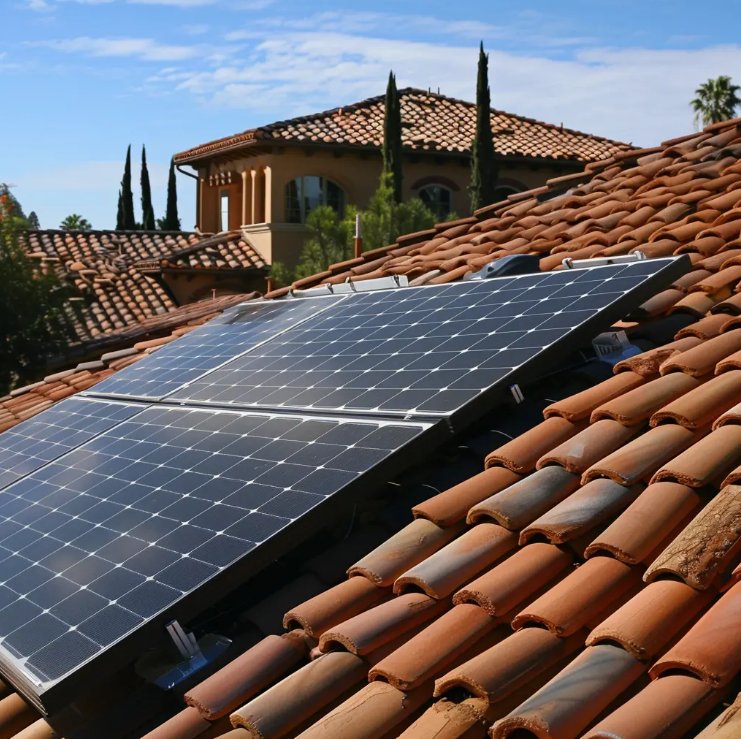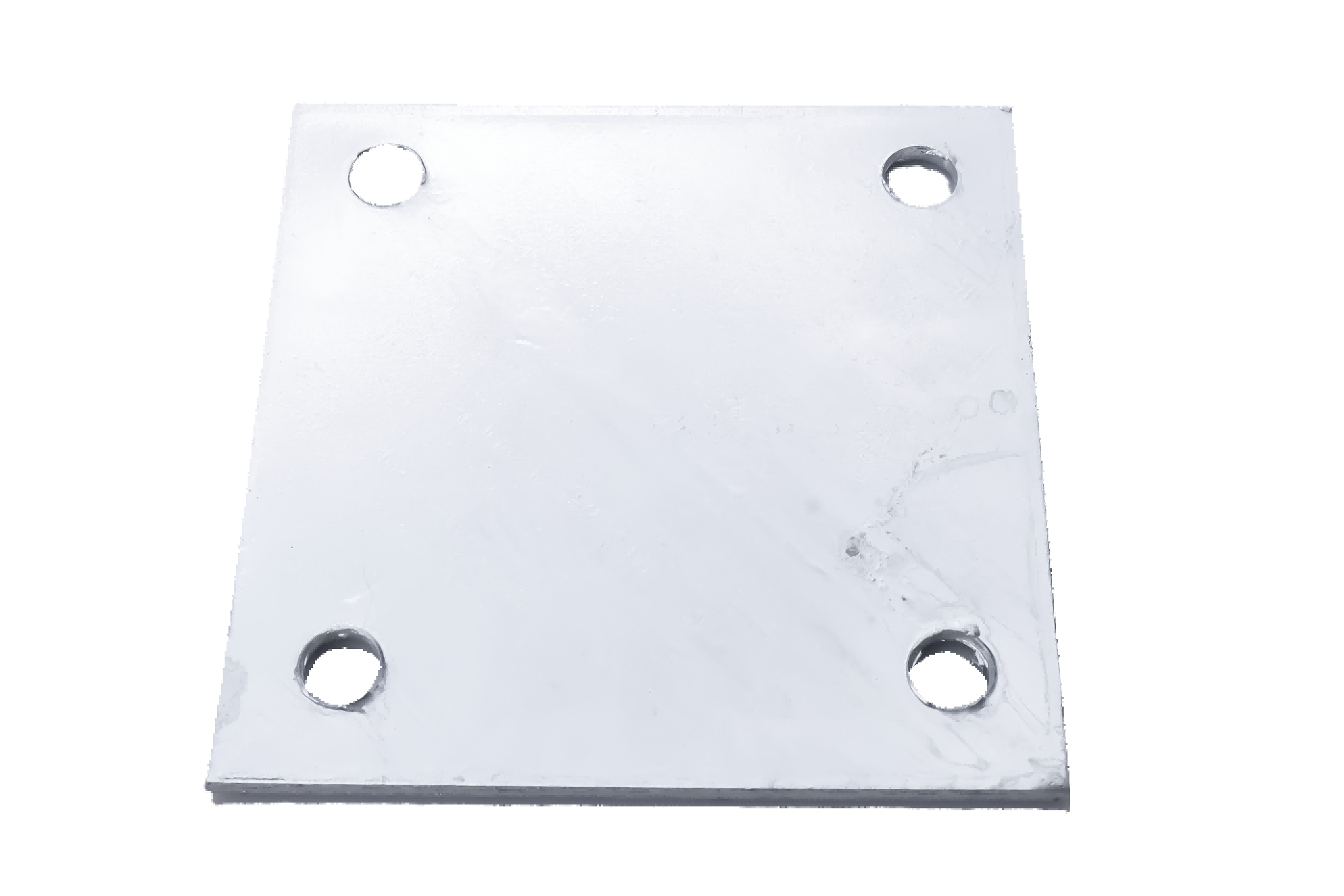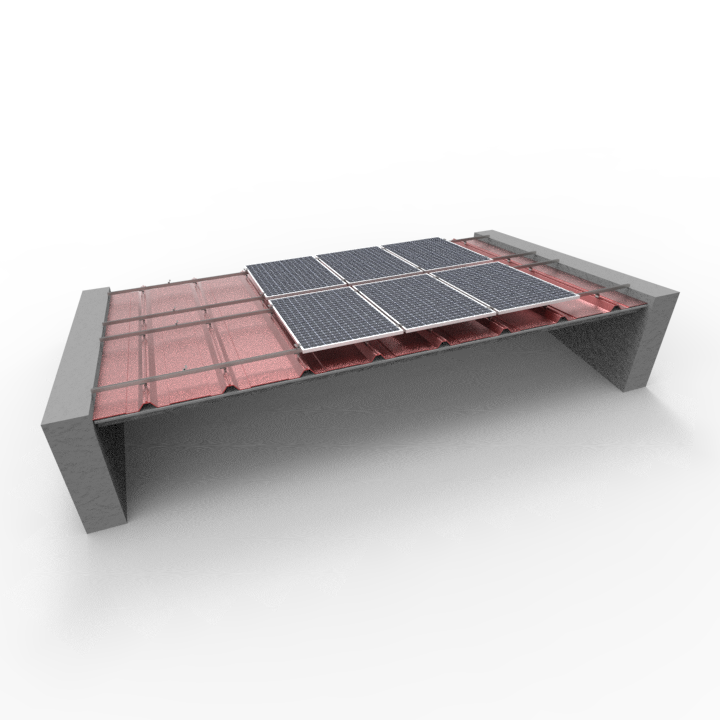What are the maintenance requirements for an aluminum carport, and how can I keep it looking its best?
Your aluminum carport needs regular care to stay strong and last for years. Dirt, debris, and weather can weaken its structure over time. Cleaning and inspecting it often helps you catch problems early. Following proper maintenance requirements protects your investment and keeps your carport looking great. A little effort now prevents costly repairs later.
Cleaning Maintenance Requirements
Importance of Regular Cleaning
Keeping your aluminum carport clean is essential for its longevity. Dirt, leaves, and debris can accumulate on the surface and lead to stains or damage. Regular cleaning prevents these issues and keeps your carport looking new. It also helps you spot potential problems early, such as scratches or corrosion. A clean carport not only enhances its appearance but also ensures it remains functional for years.
Step-by-Step Cleaning Guide
- Remove debris: Use a broom or brush to sweep away leaves, dirt, and other debris from the roof and sides.
- Rinse the surface: Spray the carport with a garden hose to remove loose dirt.
- Prepare cleaning solution: Mix warm water with a small amount of mild detergent in a bucket.
- Scrub gently: Dip a sponge or cloth into the solution and scrub the aluminum surface. Focus on areas with stains or buildup.
- Rinse thoroughly: Use the hose to rinse off all soap residue. Leftover soap can cause streaks or attract more dirt.
- Dry the surface: Wipe the carport with a microfiber cloth to prevent water spots.
Weatherproofing Your Aluminum Carport
Applying Protective Coatings
Protective coatings shield your aluminum carport from harsh weather conditions. These coatings create a barrier that prevents moisture from seeping into the surface. You can use a clear sealant designed for aluminum to enhance its durability. Apply the sealant evenly across the carport using a paintbrush or roller. Focus on areas that are more exposed to rain or snow. Let the coating dry completely before exposing it to the elements. Reapply the coating every year to maintain its effectiveness. This simple step ensures your carport stays strong and weather-resistant.
Managing Snow, Ice, and Rain
Heavy snow, ice, and rain can strain your carport’s structure. Remove snow from the roof promptly to prevent excess weight from causing damage. Use a soft snow rake to avoid scratching the aluminum surface. For ice, avoid using sharp tools that could leave marks. Instead, apply a de-icing solution that is safe for aluminum. During rainy seasons, check the drainage around your carport. Ensure water flows away from the foundation to prevent pooling. Regular attention to these weather challenges keeps your carport in excellent condition.
Preventing UV Damage
Prolonged exposure to sunlight can fade and weaken your carport. To protect it, consider installing a UV-resistant coating. This coating reflects harmful rays and reduces heat absorption. You can also add a shade or tarp over the carport during peak summer months. Inspect the surface regularly for signs of fading or discoloration. Addressing UV damage early helps preserve the carport’s appearance and structural integrity.
Preventing Corrosion and Rust
Aluminum's Resistance to Rust
Aluminum naturally resists rust, unlike other metals. This is because it forms a protective oxide layer when exposed to air. This layer prevents moisture and oxygen from causing damage. However, aluminum is not entirely immune to corrosion. Environmental factors, such as saltwater or acidic rain, can weaken this protective barrier. Regular care ensures your carport stays corrosion-free.
Identifying Early Signs of Corrosion
Spotting corrosion early helps you prevent further damage. Look for discoloration, such as white or gray powdery spots, on the aluminum surface. These spots indicate oxidation, which can lead to structural weakening if ignored. Check areas where water tends to collect, like joints or corners. Also, inspect for scratches or dents, as these can expose the metal to moisture. Regular inspections allow you to address issues before they escalate.
Using Anti-Corrosion Products Effectively
Anti-corrosion products protect your aluminum carport from environmental damage. Choose a product specifically designed for aluminum surfaces. Apply it evenly across the carport, focusing on vulnerable areas like joints and edges. Clean the surface thoroughly before application to ensure the product adheres properly. Reapply the product as recommended by the manufacturer. Combining this step with other maintenance requirements keeps your carport in excellent condition for years.
Regular maintenance keeps your aluminum carport strong, functional, and visually appealing. By cleaning, inspecting, and weatherproofing it, you protect your investment and avoid costly repairs. A little effort now saves you time later. Follow these tips to ensure your carport stays in excellent condition for years.

